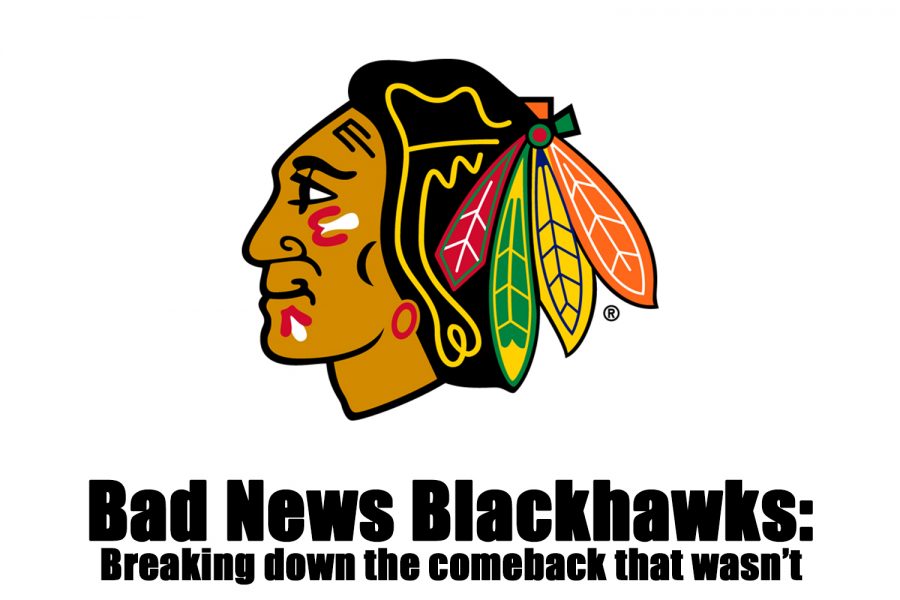After nine consecutive playoff trips, the 2012-2013 Presidents’ Trophy, and three Stanley Cups, for the first time in a decade the Chicago Blackhawks have traded in their sticks for clubs and will spend the 2018 Stanley Cup Playoffs working on their golf swings.
Despite being swept in the first round of the 2017 Stanley Cup Playoffs by Nashville, the team had “the makings of a ‘never say never’ comeback story” according to CBS Sports Writer Cody Benjamin. With the 2017-2018 roster featuring four Olympic medalists and stars who combined for a total of twenty NHL All-Star appearances, all the evidence supported that their fifth-best 12-1 odds of winning the Cup were valid.
Midway through February, however, the team was ten points out of the playoff picture and after dropping six straight games that month, that comeback story was looking a lot less likely. Finishing last in the Western Conference with a record of (33-39-10), Blackhawks (and hockey in general) fans everywhere were left with two burning questions: what are the problems and how can they be fixed?
Ultimately, it is impossible to win games if goals are not being scored. With veteran and proven scorers Patrick Kane (312 career goals), Jonathan Toews (292 career goals), Brandon Saad (125 career goals), and Patrick Sharp (287 career goals) on the bench, scoring should have been a no-brainer.
However, with a team-second 27 goals, it seemed that only Kane was able to produce the numbers that his cap-hitting $6.8 million salary pays for.
Team captain Toews scored 20 goals, his career low since his first-round draft to Chicago in 2007 and one less than last season. With more games and more attempts than he had last year, the number of Toews’ goals should have been if not greater, at least on par with last season’s amount. Saad and Sharp scored a respective 18 and 10 goals, five and six less than their last appearance with the Hawks in 2014-2015 season. The Blackhawks have been in the top five scoring teams seven times in the 2009-2016 seasons, compared to their 21st ranking in this season.The quietness of the veterans displayed a concerning lack of the offensive production that Chicago is known for.
One unsuccessful season is not enough to judge whether this was simply a prolonged slump or a sign of aging and physical deterioration, but if the veterans want to see their names on the Cup again, they will have to put in serious team-training in the offseason.
There are three ways that offenses can generate goal-scoring opportunities; outskate their opponents, muscle the puck away from defenders, or keep the puck out of reach through passing. As the veteran forwards get older, their natural quickness will decrease, eliminating outskating. But the Blackhawks were last in hits in the 2009-2016 seasons, making a sudden switch to the old-school, hard-hitting physical approach unlikely. The only viable option is to drastically improve passing, something that can only happen through intense training in the summer.
It will be significantly easier to keep the puck away from their opponents if they are not down a man due to penalties, something the Blackhawks struggled with this season.
In 82 games, Chicago played short-handed 235 times and allowed 49 power play goals. For a team already struggling to score, mistakes such as tripping, slashing, and delay of game penalties stagnated any momentum that the team had gained. Even if the backup goaltenders don’t give up a goal, each minor penalty still results in the team spending 10% of the period playing catch-up instead of making their own drives to the net.
Alongside their short-handed struggles, the Blackhawks were unable to convert when on the power play themselves.
Tied for fifth most power play opportunities with 269, the Blackhawks’ numbers should have reflected a scoring advantage, but they were only able to convert 16% of the time. In front of Chicago, from first to fourth, are Colorado, Tampa Bay, Winnipeg, and Nashville. All four teams have conversion rates in the 20s and are currently battling it out in the playoffs, showing that power play conversion is a necessary component of a playoff team.
Chicago’s power play calls to mind NHL legend Wayne Gretzky’s playbook, because, after all, “you miss 100% of the shots you don’t take.” Traditionally, the Blackhawks have a high shooting percentage as shown by their 9.6% last season. This season, however, they had an 8.2%. This is a full percentage point below the league average of 9.2%, and an indicator of the offensive hesitation stalling the team.
Pucks take fortunate bounces off of skates, sticks, players, and the ice and find their way into the back of the net, and with one less defender on the ice, a power play is the perfect opportunity to fire as many shots as possible at the goaltender in the hope that one might sneak by. It is a game of numbers. A goal is a goal no matter how targeted the shot was, and the Blackhawks will have to put up more shots on the power play to improve next season’s conversion rate.
When the Blackhawks are facing shots instead of making them, the defense must be significantly more organized if they want to be a serious Cup contender next year.
The job of keeping the puck out of the net obviously ultimately falls to the goaltender, but it’s the job of the defense to limit the number of shots that the goaltender has to face. The 2017-2018 Blackhawks’ defense certainly could have done that job better.
Long-time guarantees Brent Seabrook and Duncan Keith were unremarkable this season, with Seabrook ending with a -3 plus/minus rating (his lowest in four seasons), and Keith finishing with a -29, his career low.
Their mediocre performance was coupled with a constant shifting of defensemen that never seemed to click into a comfortable rhythm. Keith and Seabrook normally make up the top defensive line, but Coach Joel Quenneville tried pairings of Keith and Jan Rutta; Connor Murphy and Michal Kempny; and Keith and Murphy, among others, desperately trying to find a pairing that could keep the puck away from the sticks of some of the NHL’s best forwards. That desperation showed, and the lack of synchronicity led to dangerous turnovers in center ice. A consistently dominant defensive force is crucial to creating a winning hockey team, and Chicago needs that dependability.
Arguably the most crippling factor for one of the winningest teams in recent NHL history was the loss of goaltender Corey Crawford on December 23. Unfortunately for Chicago, the multiple attempts to fill his position were unable to carry the team to their usual playoff-ready position.
The Blackhawks were never able to place the same amount of trust in their backup goaltenders as they could in Crawford that their last line of defense would hold strong. Despite the best efforts of backup goaltenders Anton Forsberg, Jeff Glass, Jean-François Bérubé, and Collin Delia, goaltending was a consistent struggle in the back half of the season.
In the 28 games that Crawford played before his injury, he had a save percentage of .929. By comparison, Forsberg’s save percentage of .908, Glass’ .898, Bérubé’s .894, and Delia’s .889, demonstrate how damaging Crawford’s absence was.
Never was this chaotic problem more evident than when accountant Scott Foster was called in as an emergency goaltender after all other goaltenders were sat out with injuries. Foster had a flawless 14 and a half minutes on the ice, but this historic and somewhat ridiculous undertaking made it painfully clear that the depth of goaltending was seriously lacking.
With a total of more than nine months between being put on injured reserve and the beginning of the 2018-2019 season, Crawford should have more than enough time to recover and be physically conditioned for next year.
Having a superb, Cup-tested goaltender back between the pipes will give the rest of the team a little bit of leeway to work out their individual kinks. This space could allow the usual scorers to rediscover their rhythm and light up the lamp more frequently.
Crawford usually plays with poise, confidence, and the ability to limit escaping pucks, and this deliberate play should aid in focusing the game for the Hawks. When Blackhawk skaters are no longer frantically trying to regain control of the puck in their own zone, amateur penalties should drastically decline. Taking a penalty is better than giving up a goal, but having a goaltender who can limit the number of times that that choice has to be made is the best option of all.
Crawford was missed by the team and fans alike, but his injury might have been a blessing in disguise as it exposed the deeper problems facing the franchise. These obstacles are certainly critical, but not necessarily fatal. In fact, the 2017-2018 season had highlights that suggest the team is not as far away from the playoffs as it seems.
The performance of the rookies on the team was consistently satisfactory with Alex DeBrincat leading the team in goals scored with 28 in his freshman season. Vinnie Hinostroza and Nick Schmaltz also played with a level of skill beyond their years. Hinostroza tallied seven goals and 18 assists while Schmaltz managed 21 goals and 31 assists.
As with any sport, the style in which the game is played has changed. The average weight of an NHL player (excluding goaltenders) was 206.3 lbs in 2003. This season, it was 200.7 lbs. Six pounds isn’t a huge difference, but it is part of a decreasing trend that suggests a shift in the desired body type of a hockey player.
With less weight comes more speed, something that 165 lb. DeBrincat and 177 lb. Schmaltz can attest to. The game is getting smaller and faster, and what the fleet-footed rookies lack in stature, they make up for in goal production.
With a low impact on the salary cap, these young players will provide the inexpensive and fast-paced energy that the team desperately needs.
It’s impossible to see what’s in store for the 2018-2019 Chicago Blackhawks, but it is sure to be an interesting ride. The eyes of the entire league will be on Chicago next season, waiting for the answer to the question on everyone’s mind– Has the Blackhawk dynasty come to an end?
Luckily for Chicago, the answer to that question is entirely up to them. All of the problems that led to this year’s weak season can be solved in the offseason, whether it’s healing from injuries, adjusting their offensive strategy, or playing a more precise defense.
This is not a developing team that needs a few years to acquire higher draft picks or figure out how their different positions and styles of play fit together. On the contrary, the Blackhawks possess not just successful regular season experience, but a significant amount of playoff prowess as well.
There is no insurmountable reason that this team can’t return to their spot on the top of the league, and my money’s on the 2018-2019 Chicago Blackhawks being far, far away from the golf course this time next year.

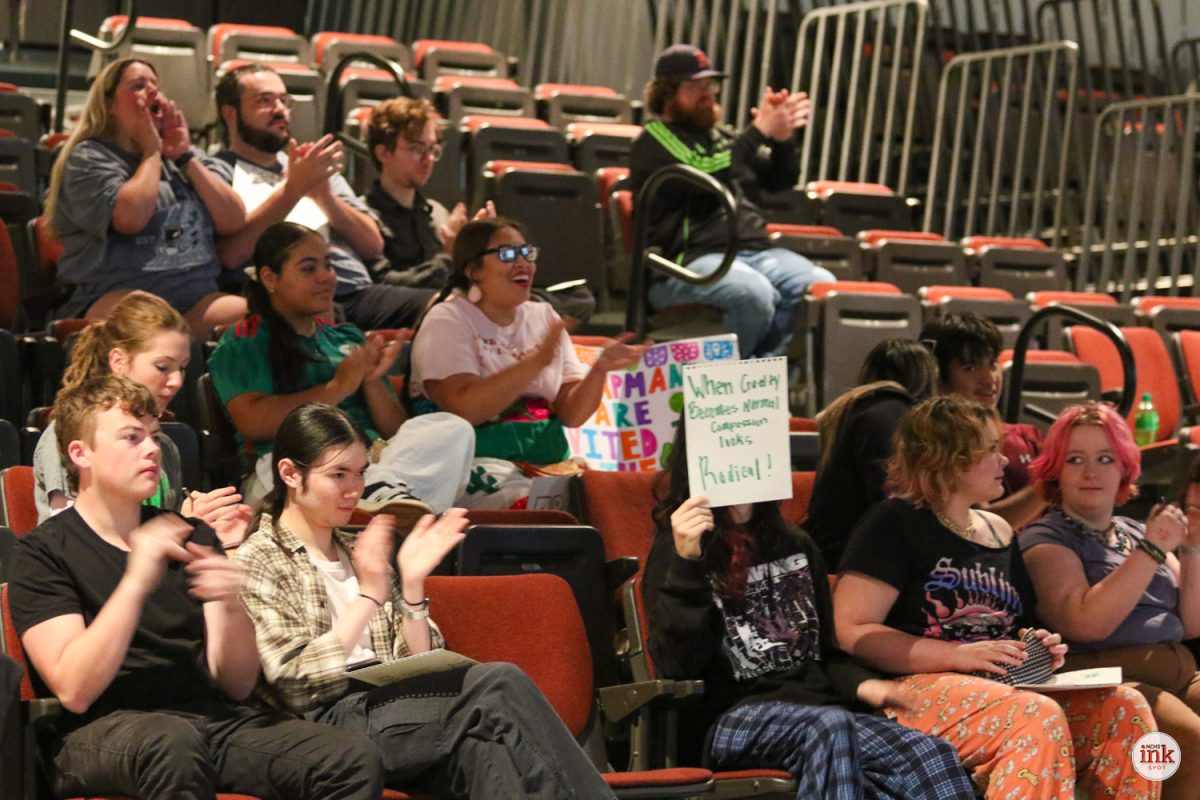

![Community honors longtime coach Mr. Bryan Thomas before Oct. 3 game [photo gallery]](https://nchsinkspot.com/wp-content/uploads/2025/10/Thomas-6-1200x1200.jpg)

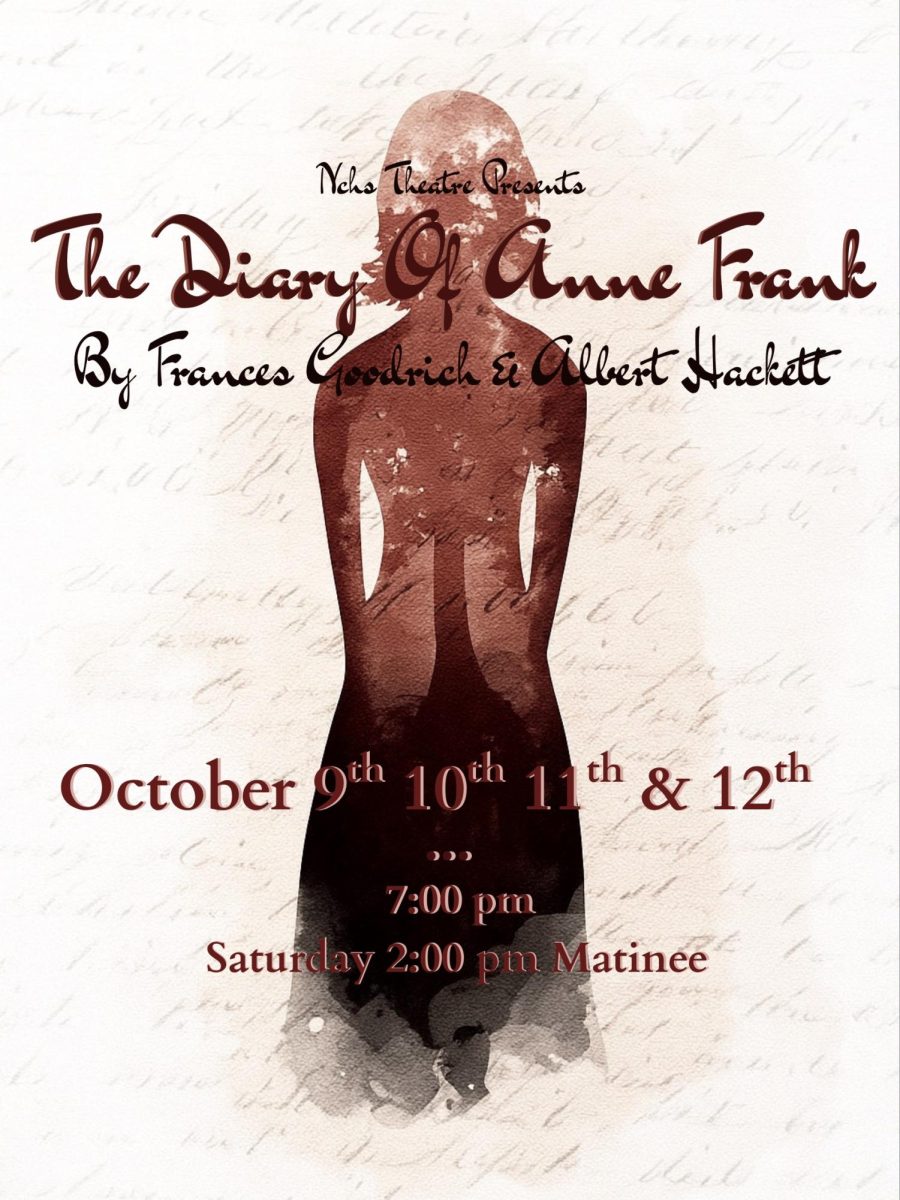







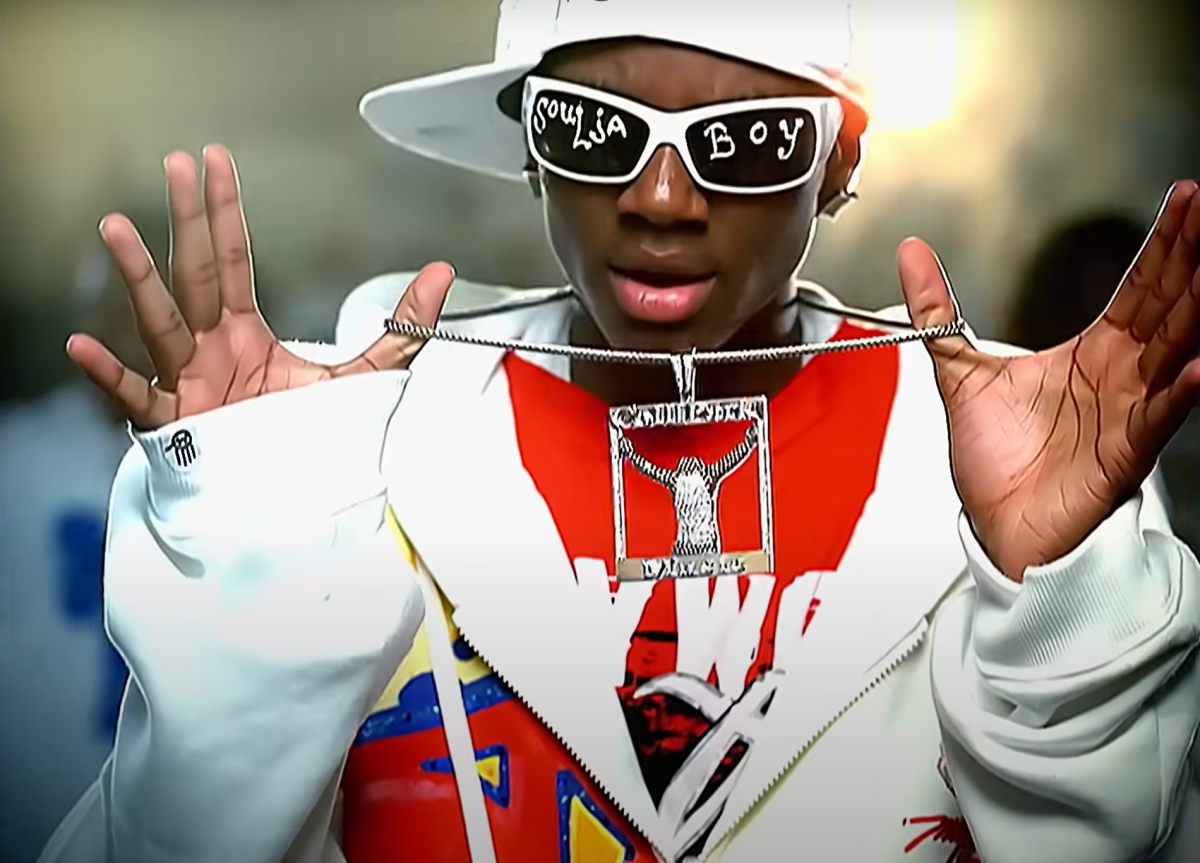
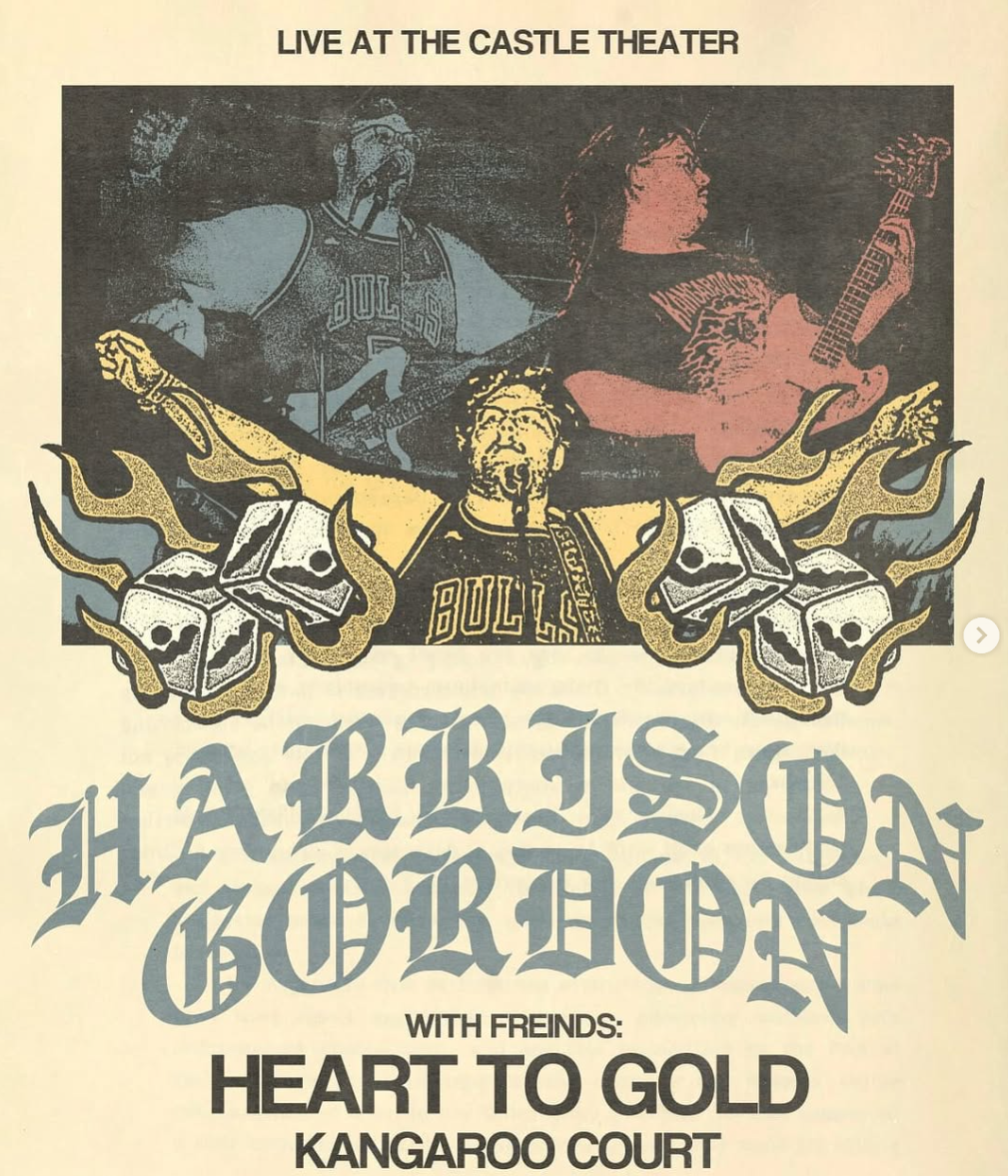
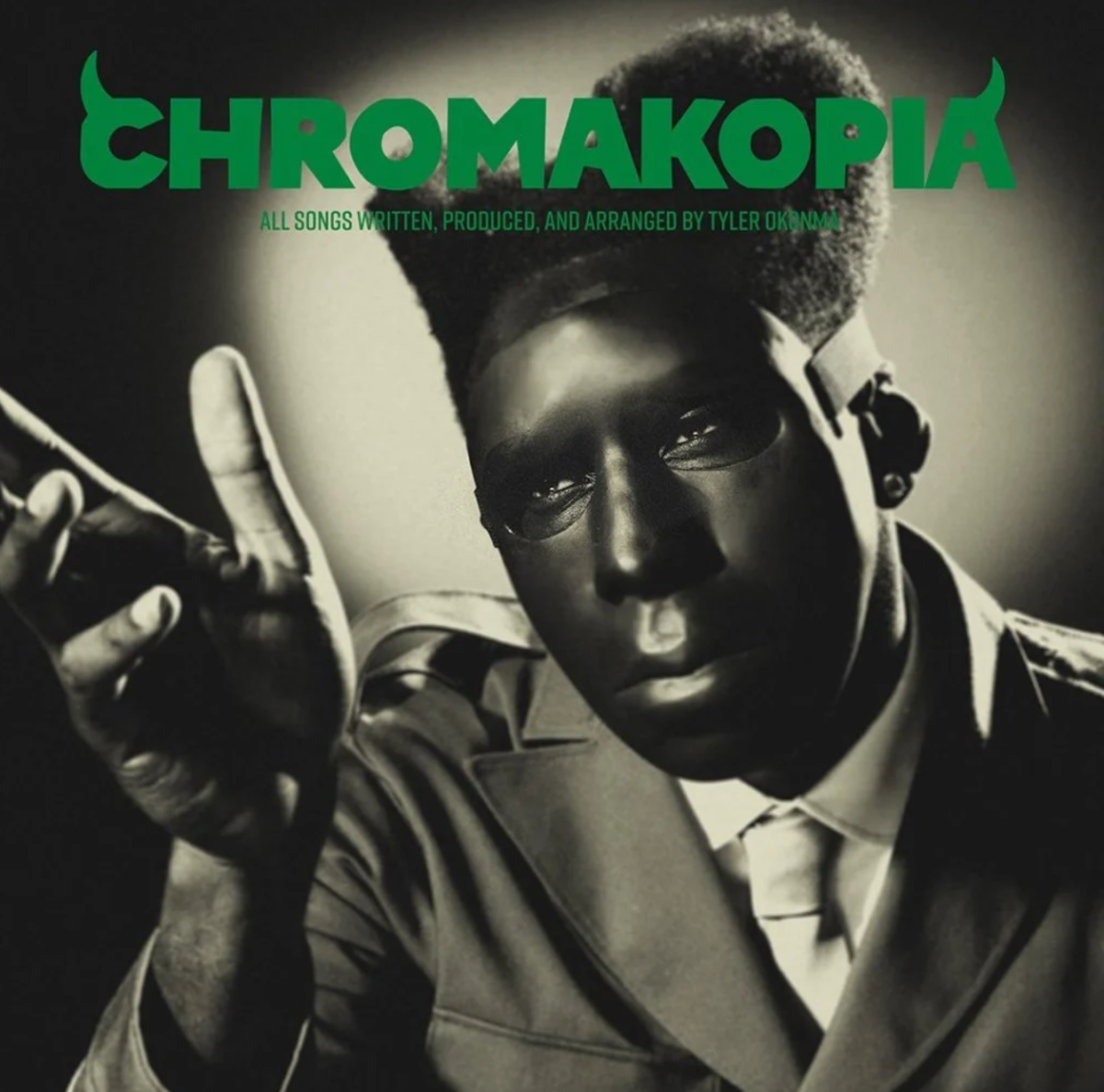

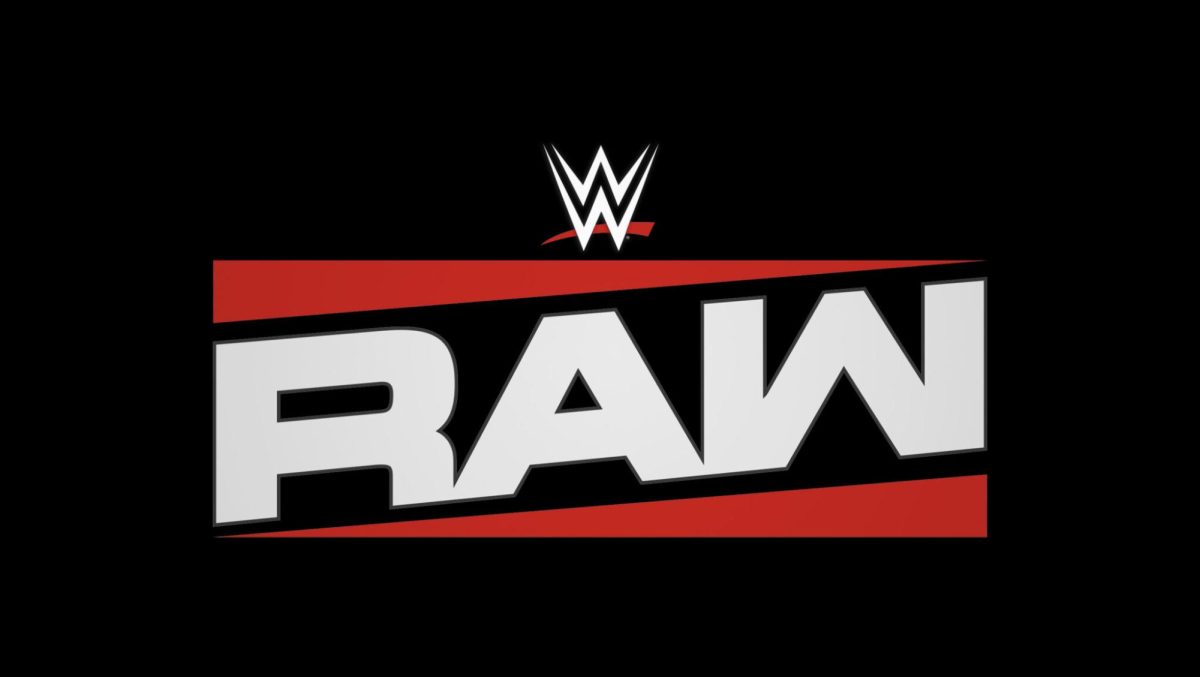
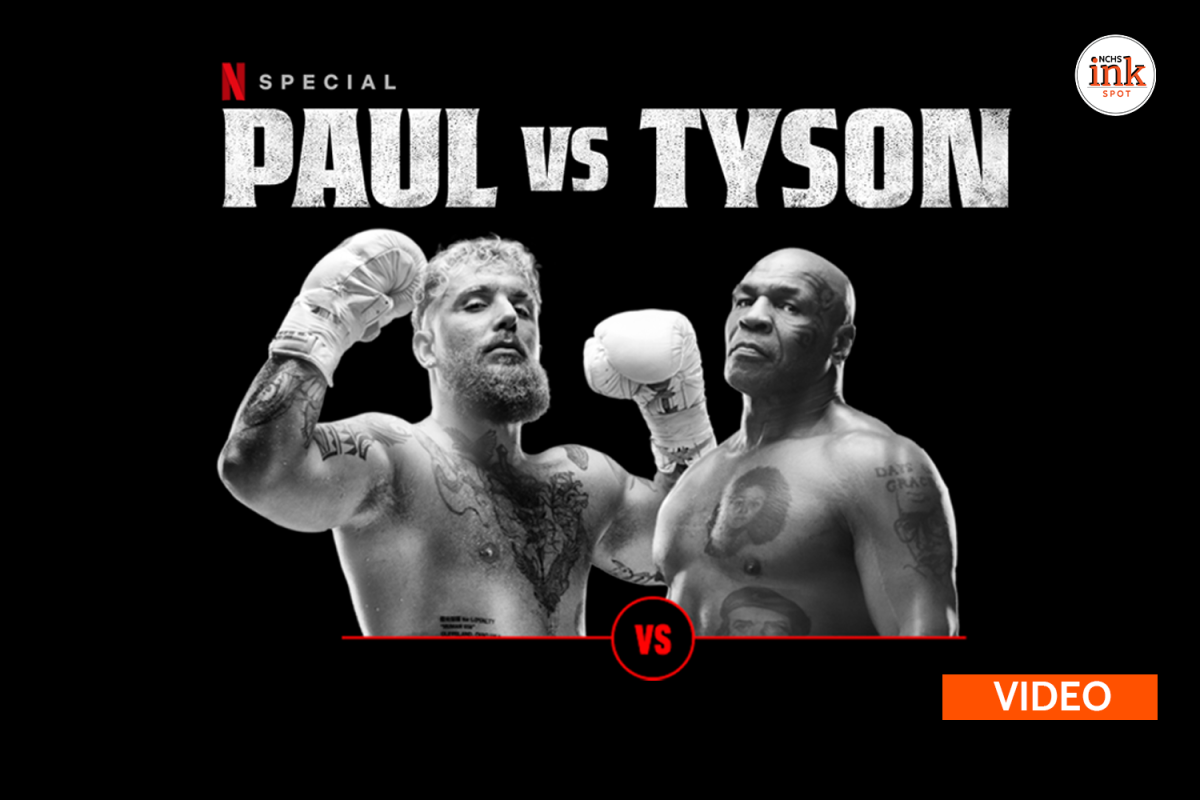


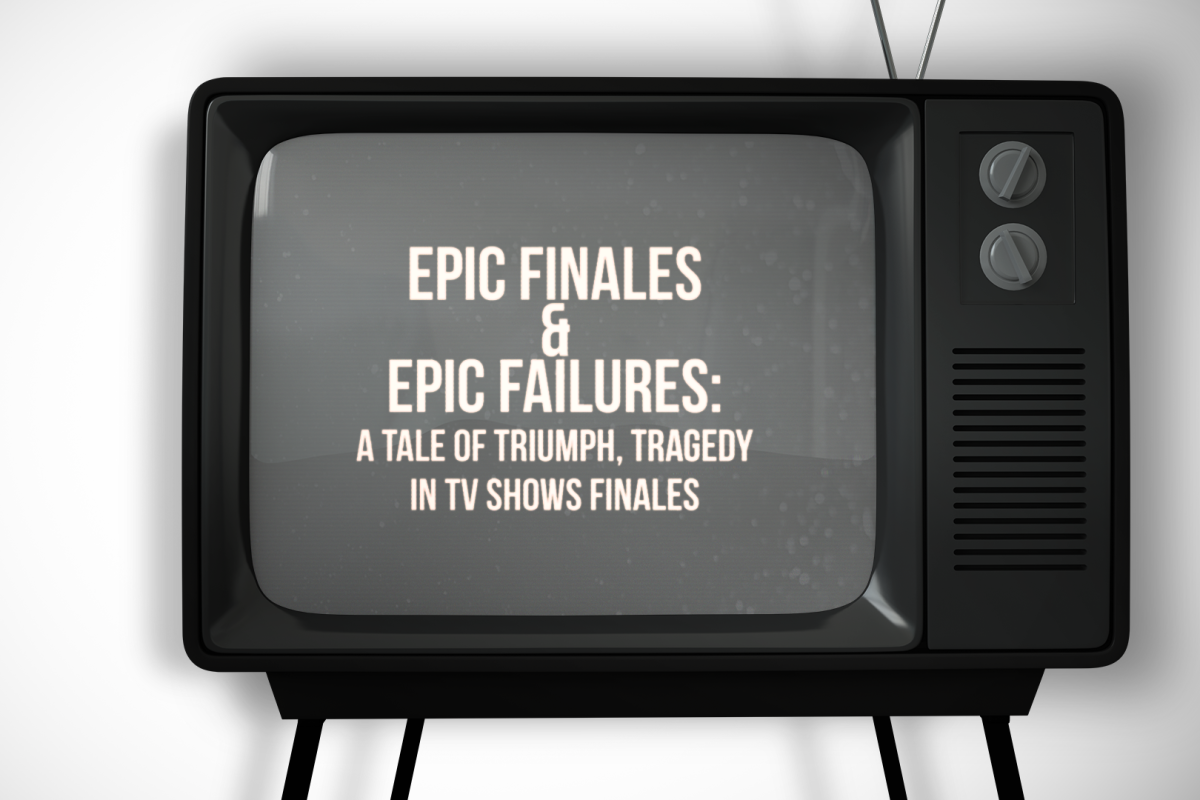
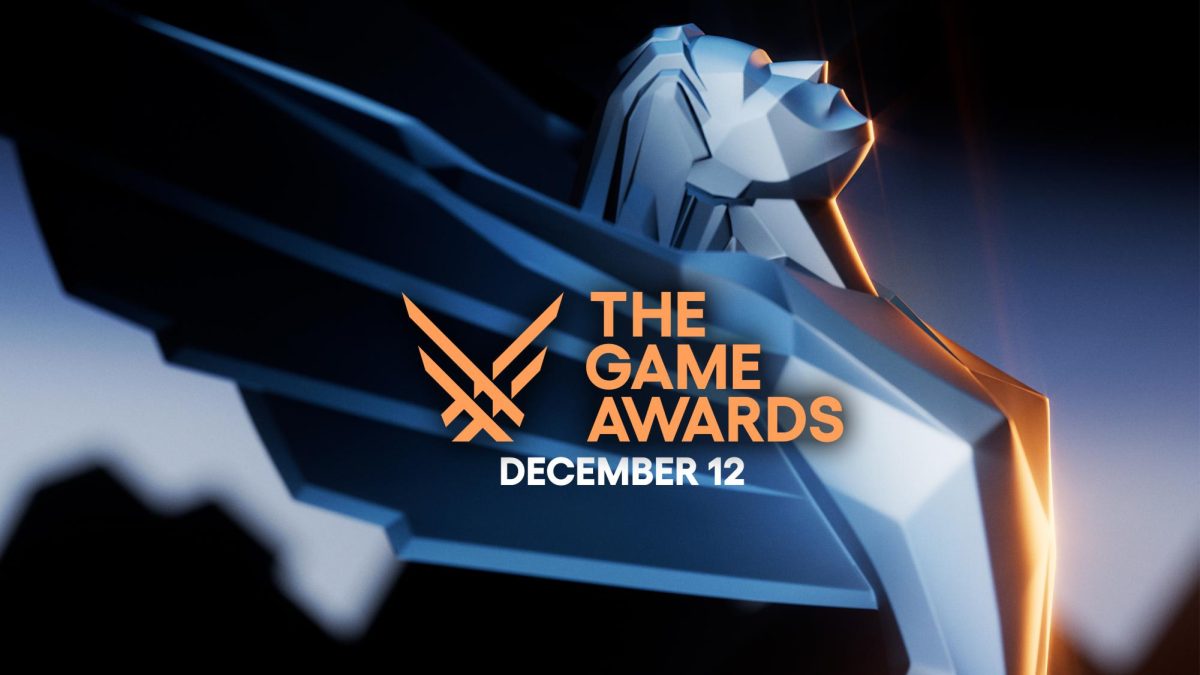
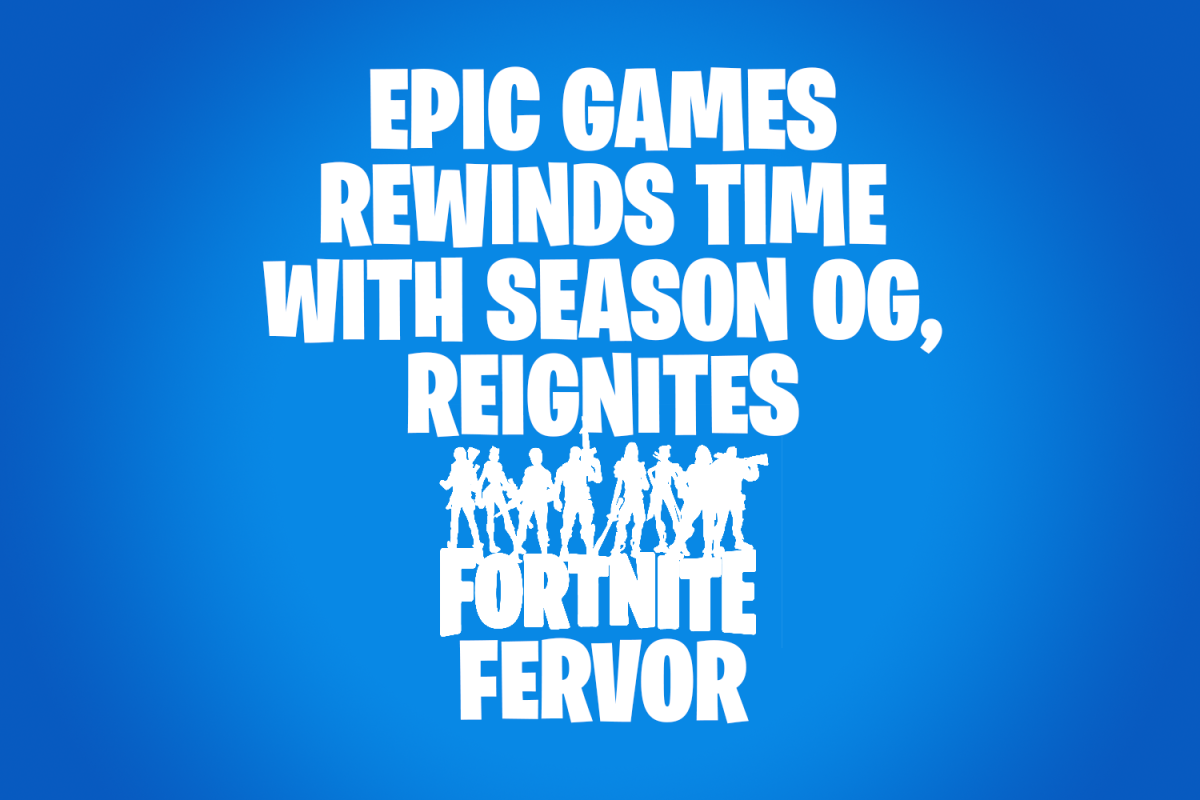
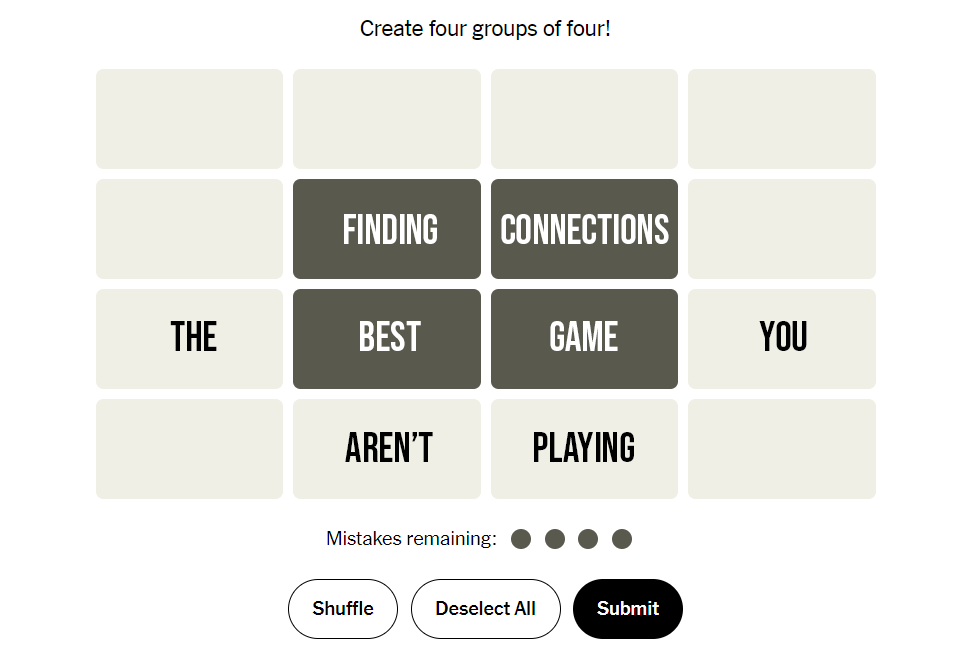
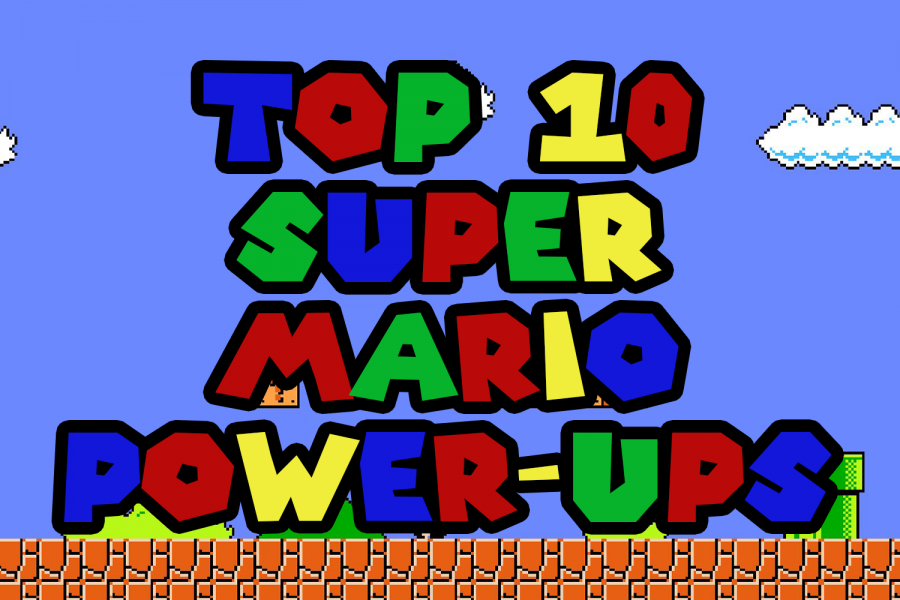
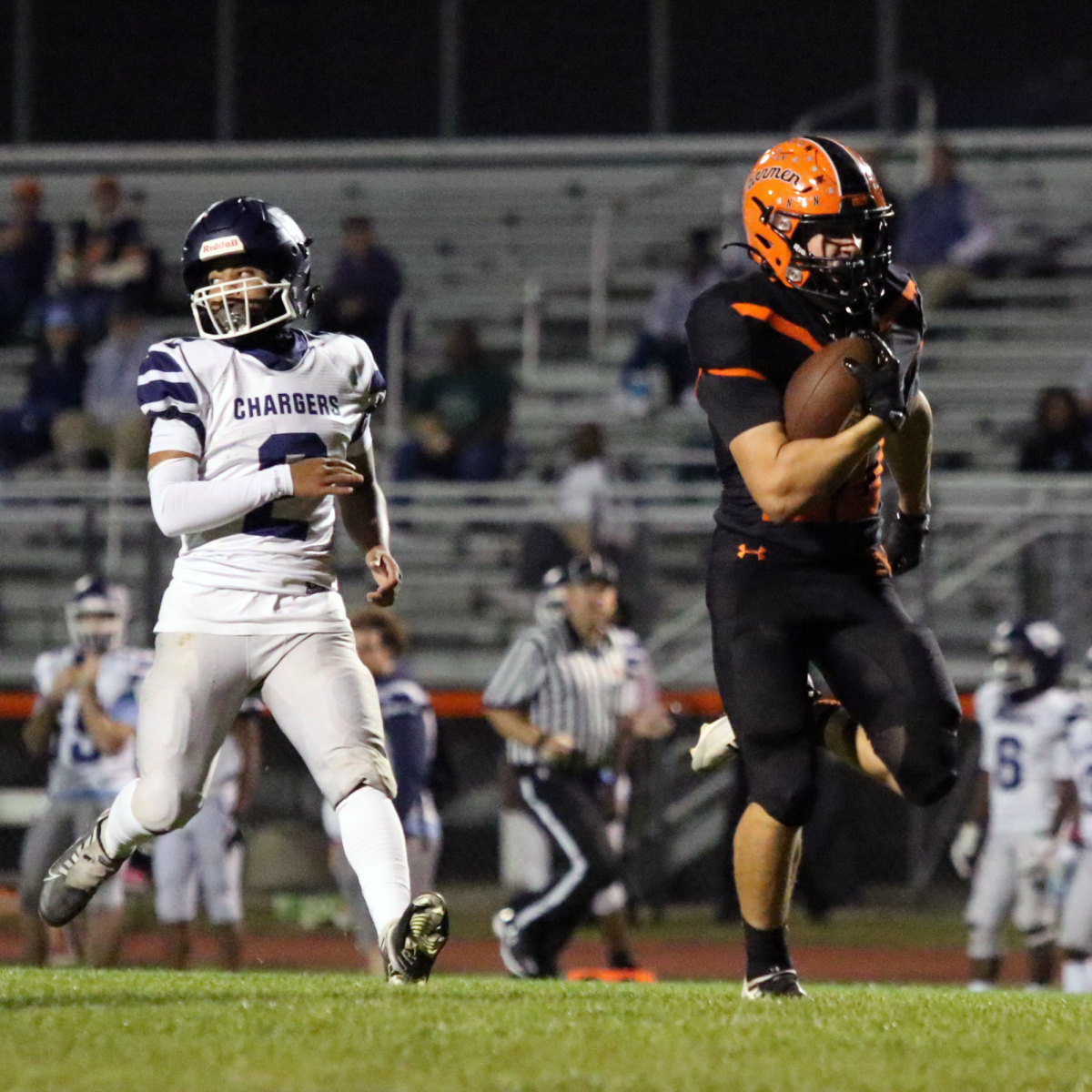
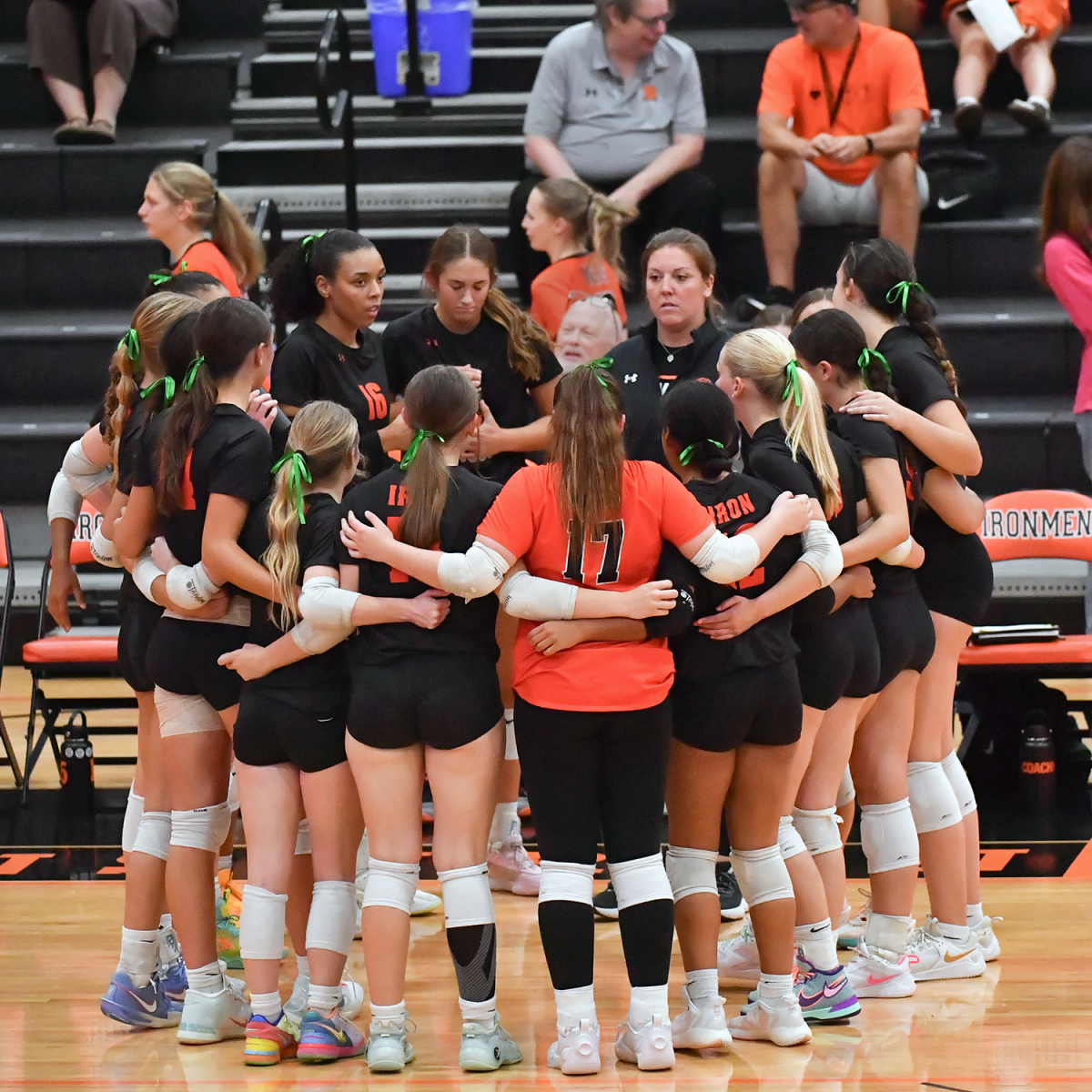
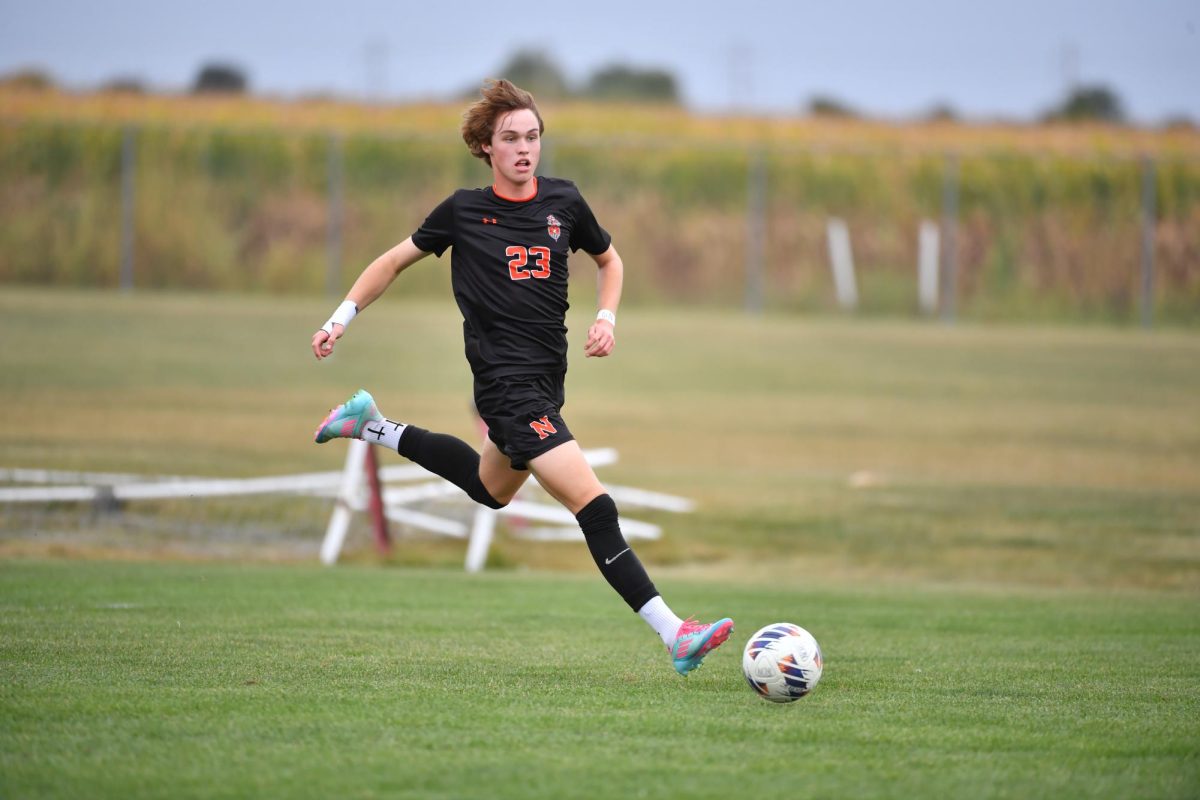
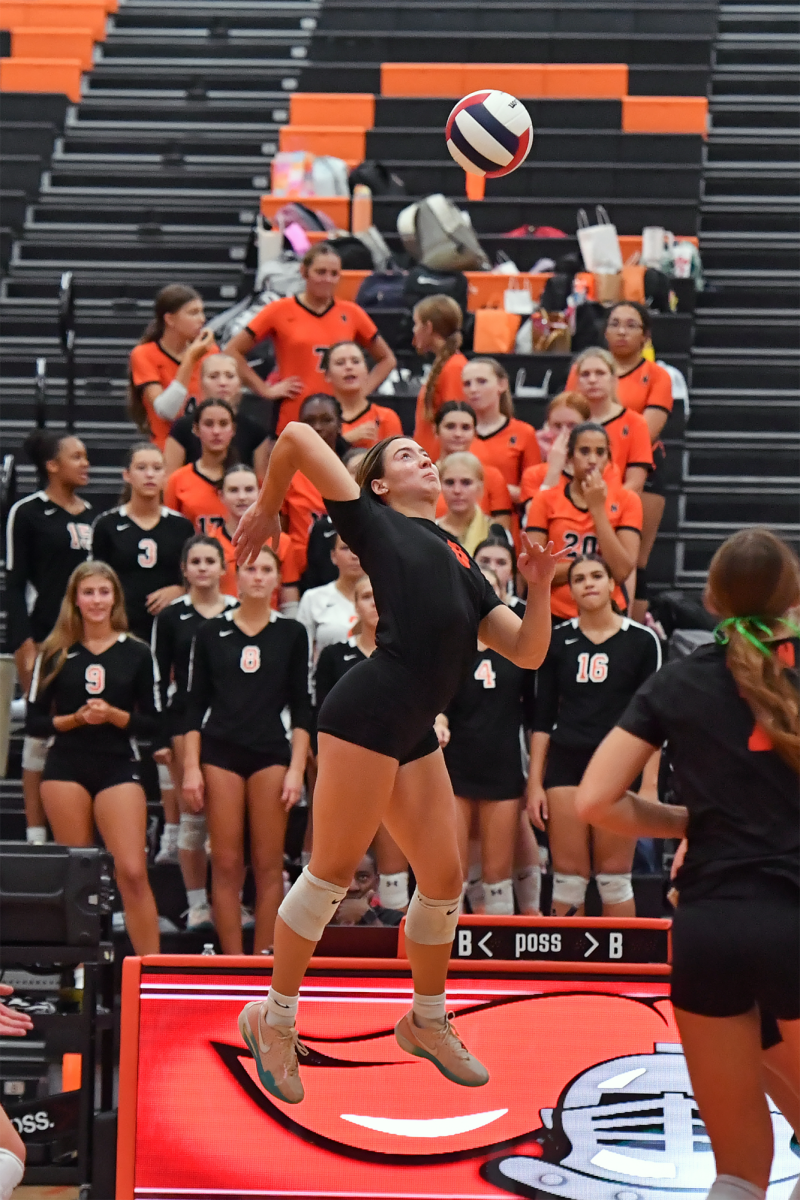
![Ironmen volleball head coach Ms. Christine Konopasek recorded her 400th career victory Oct. 21 as the Ironmen closed their regular season with a 2-0 sweep over Danville.
[Photo Illustration]](https://nchsinkspot.com/wp-content/uploads/2025/10/Vball400Thumb.png)

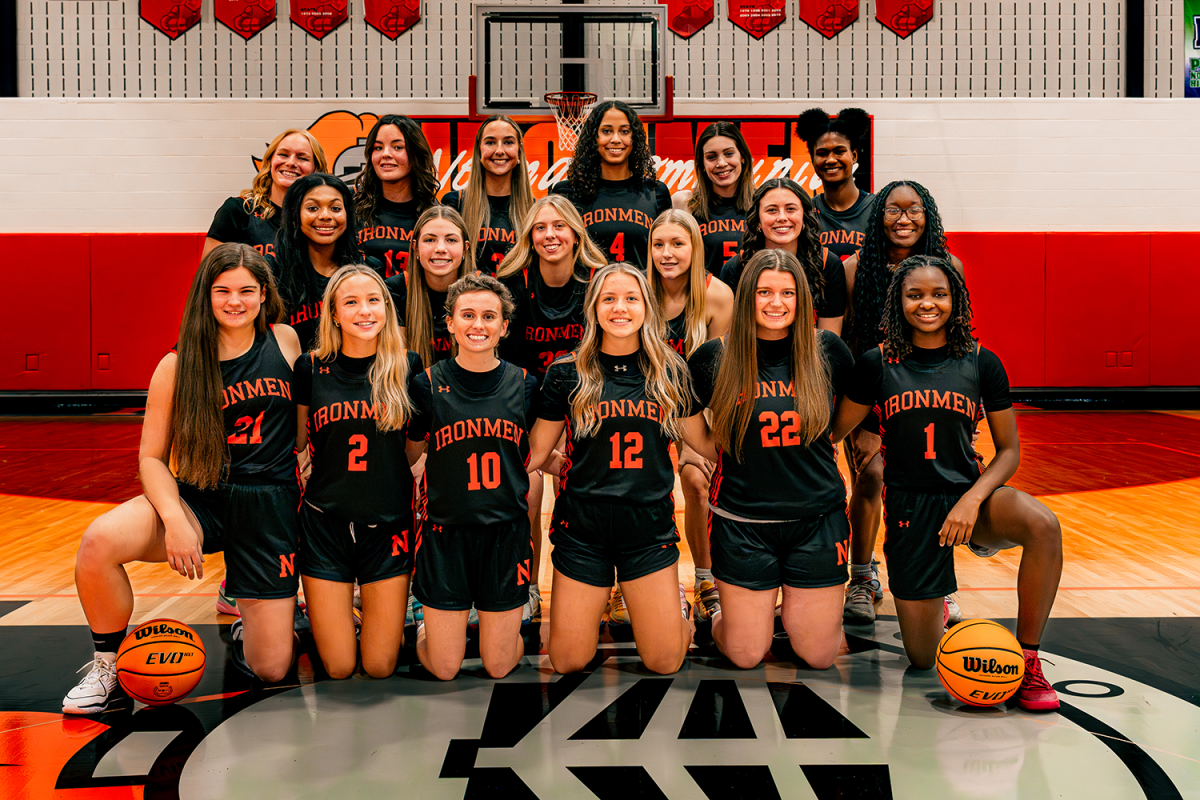
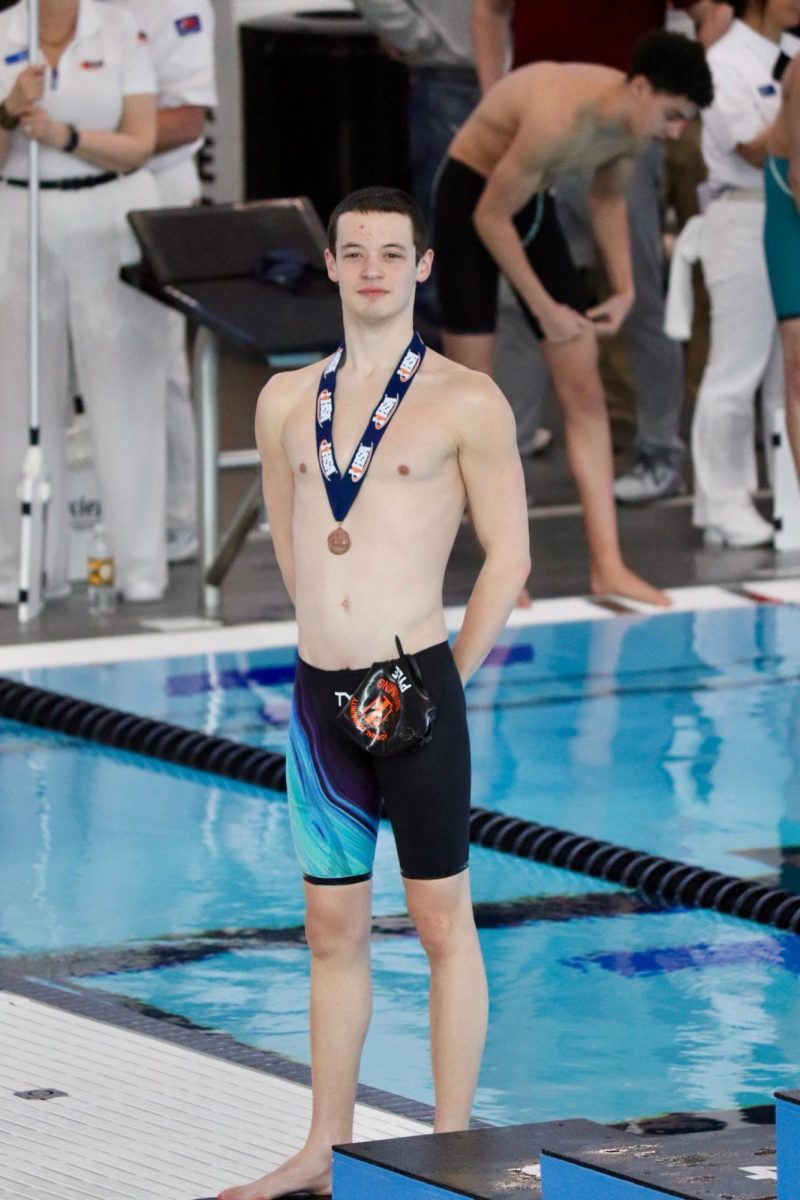

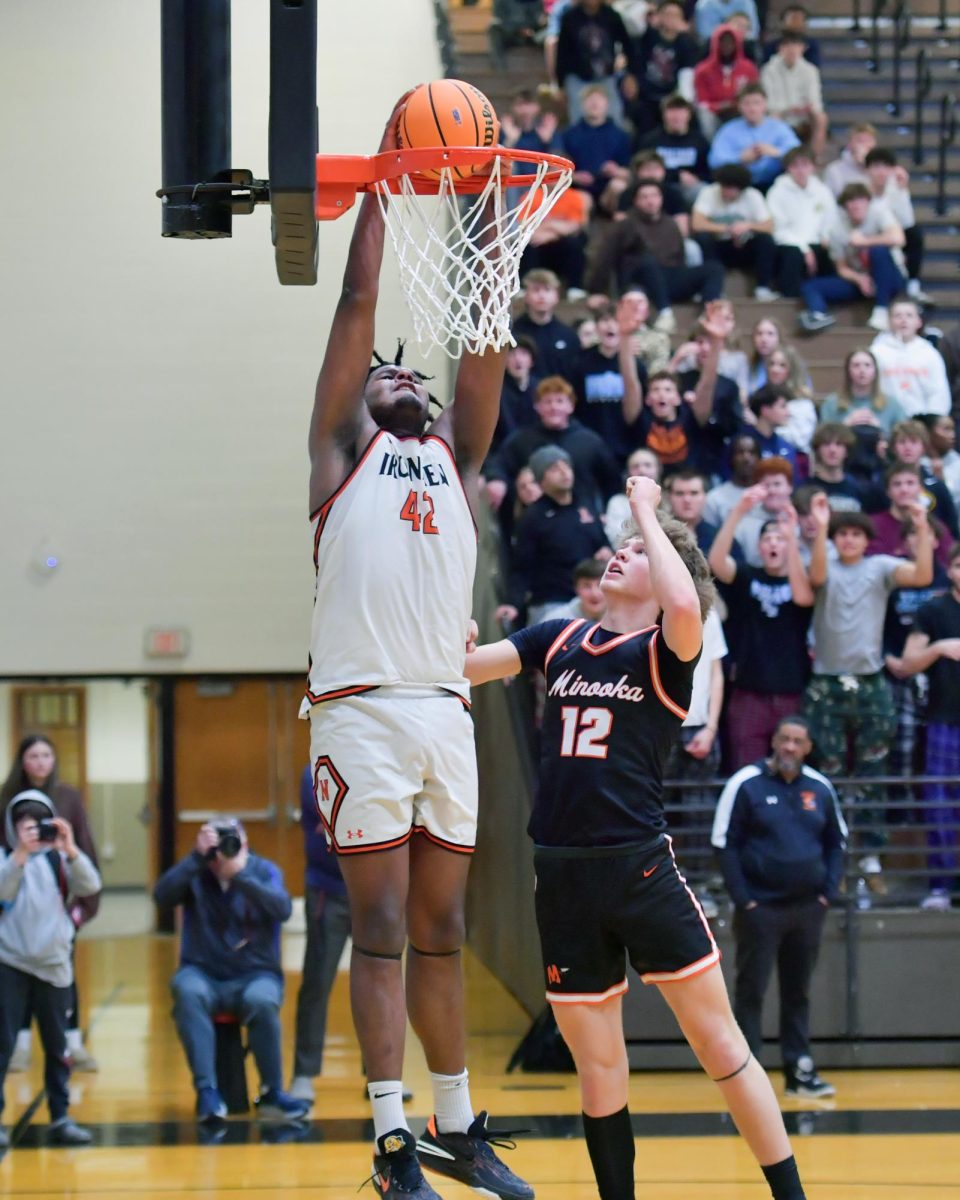
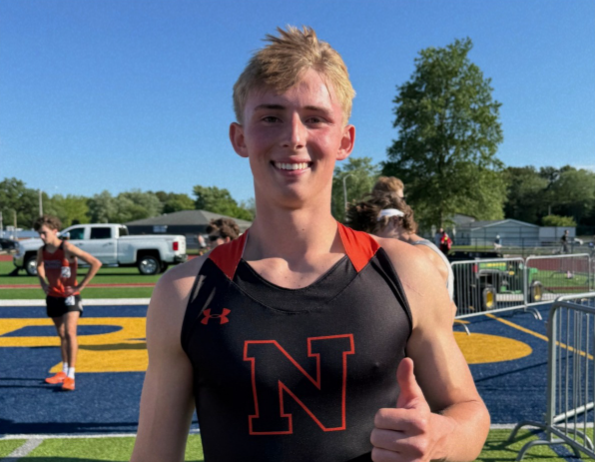
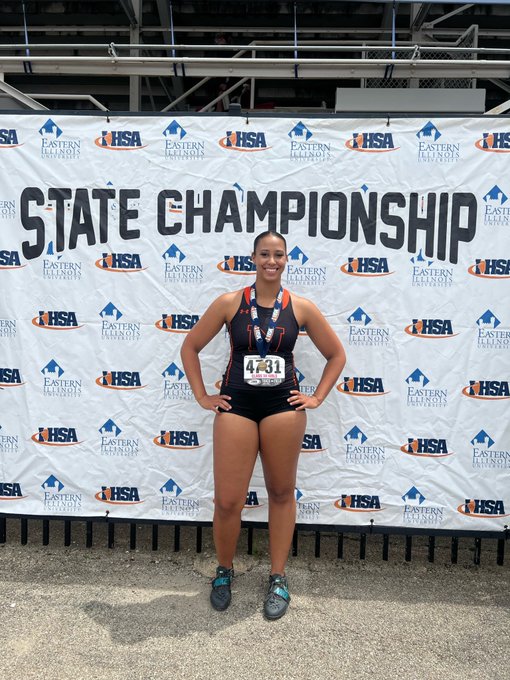
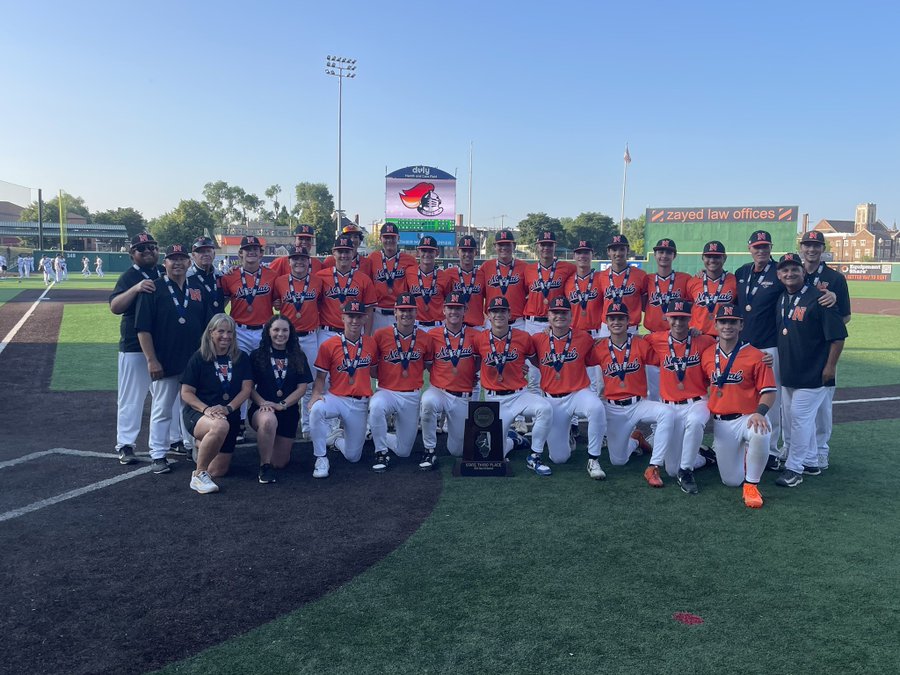

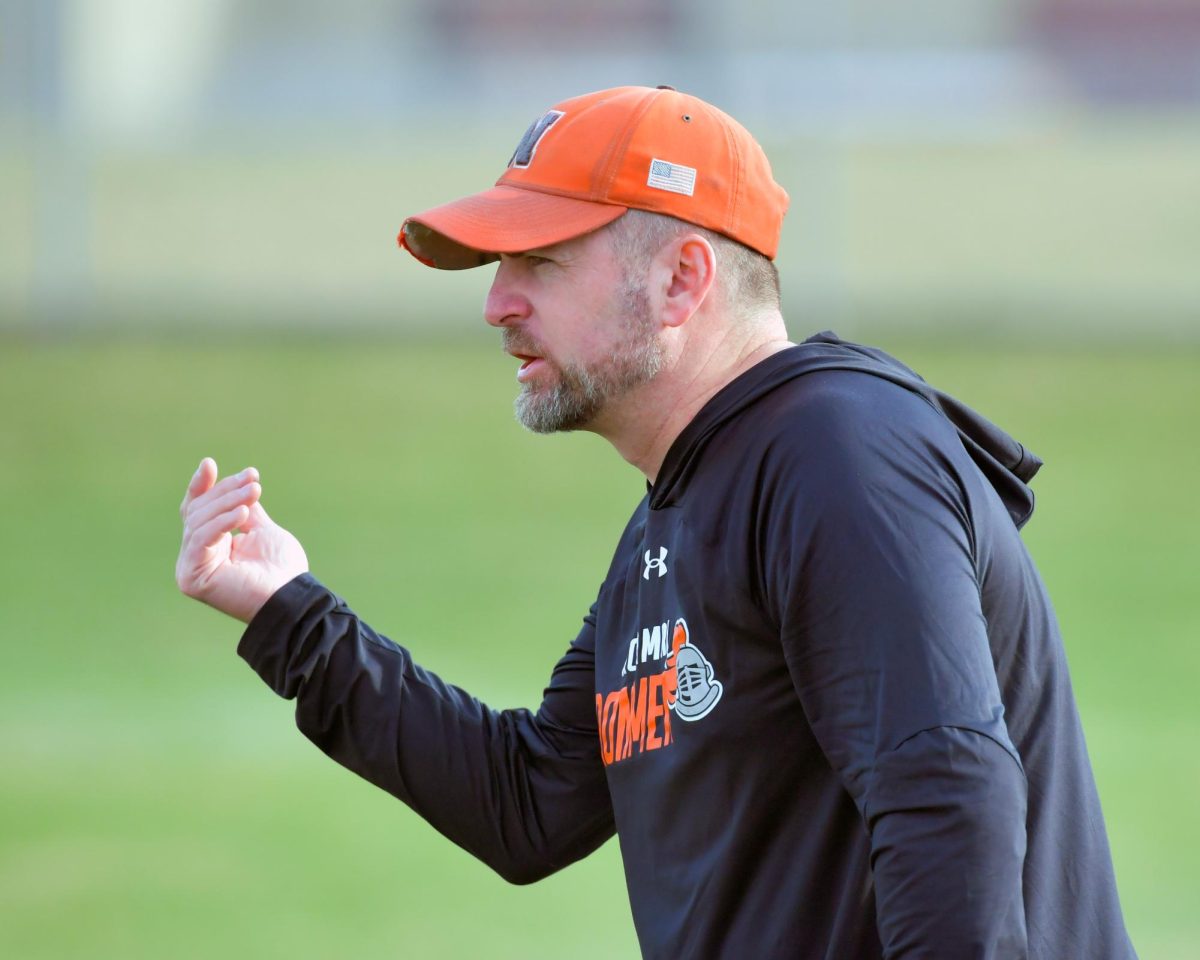

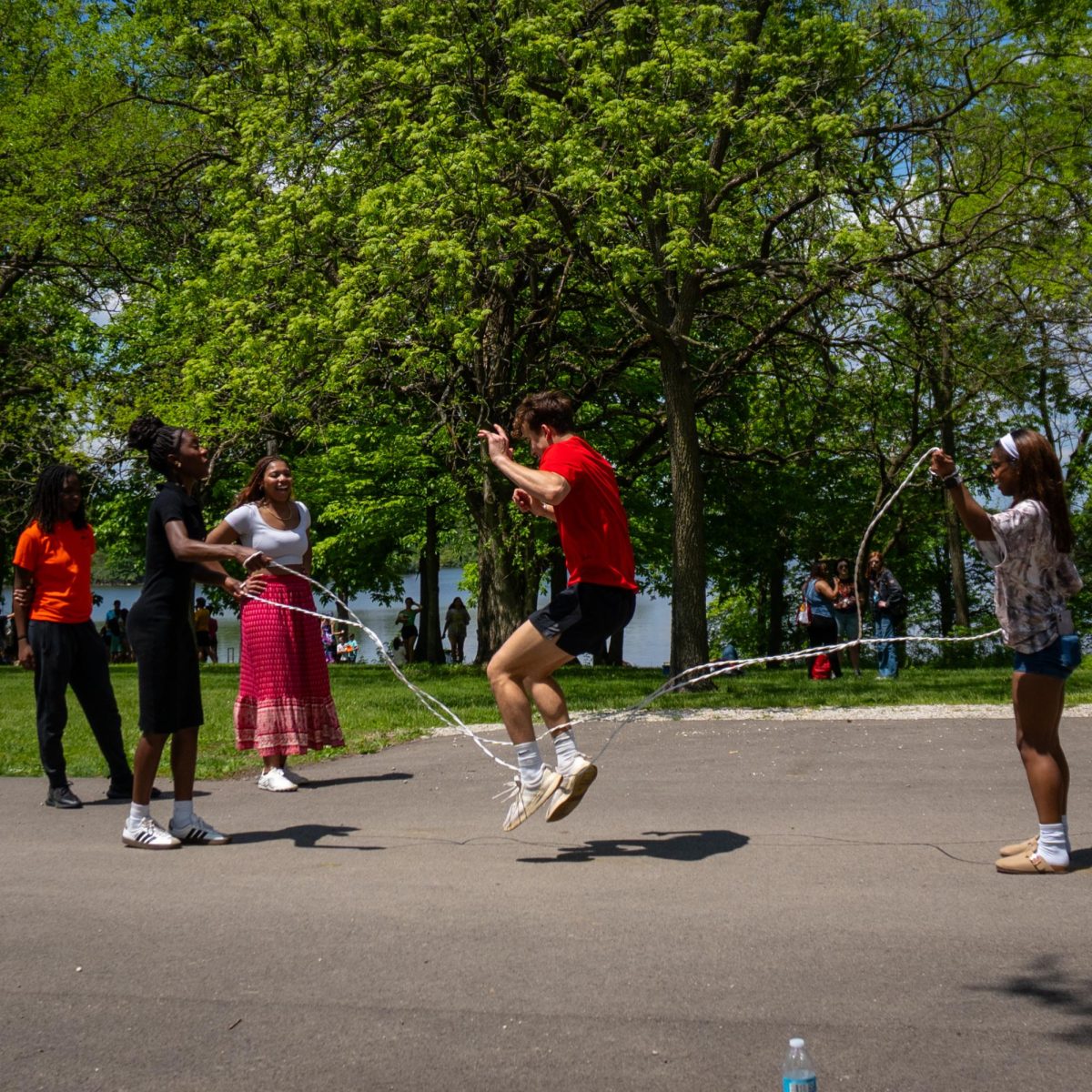
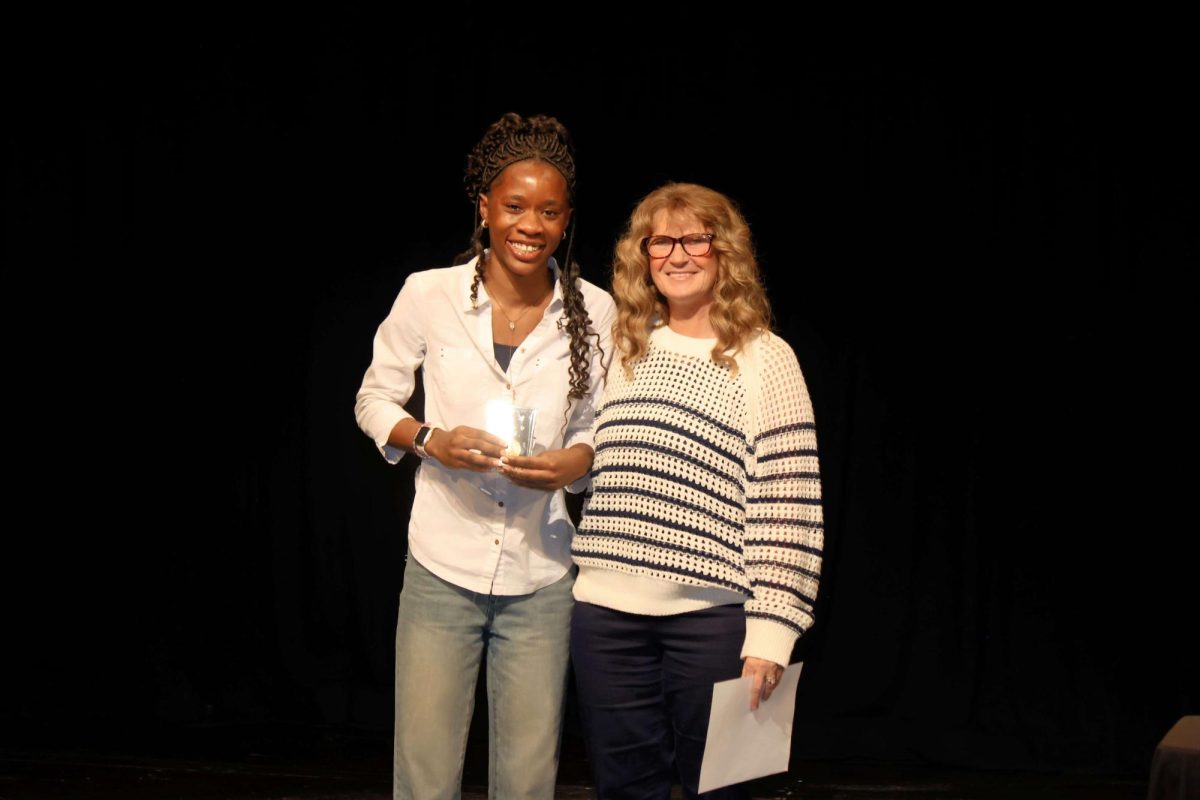

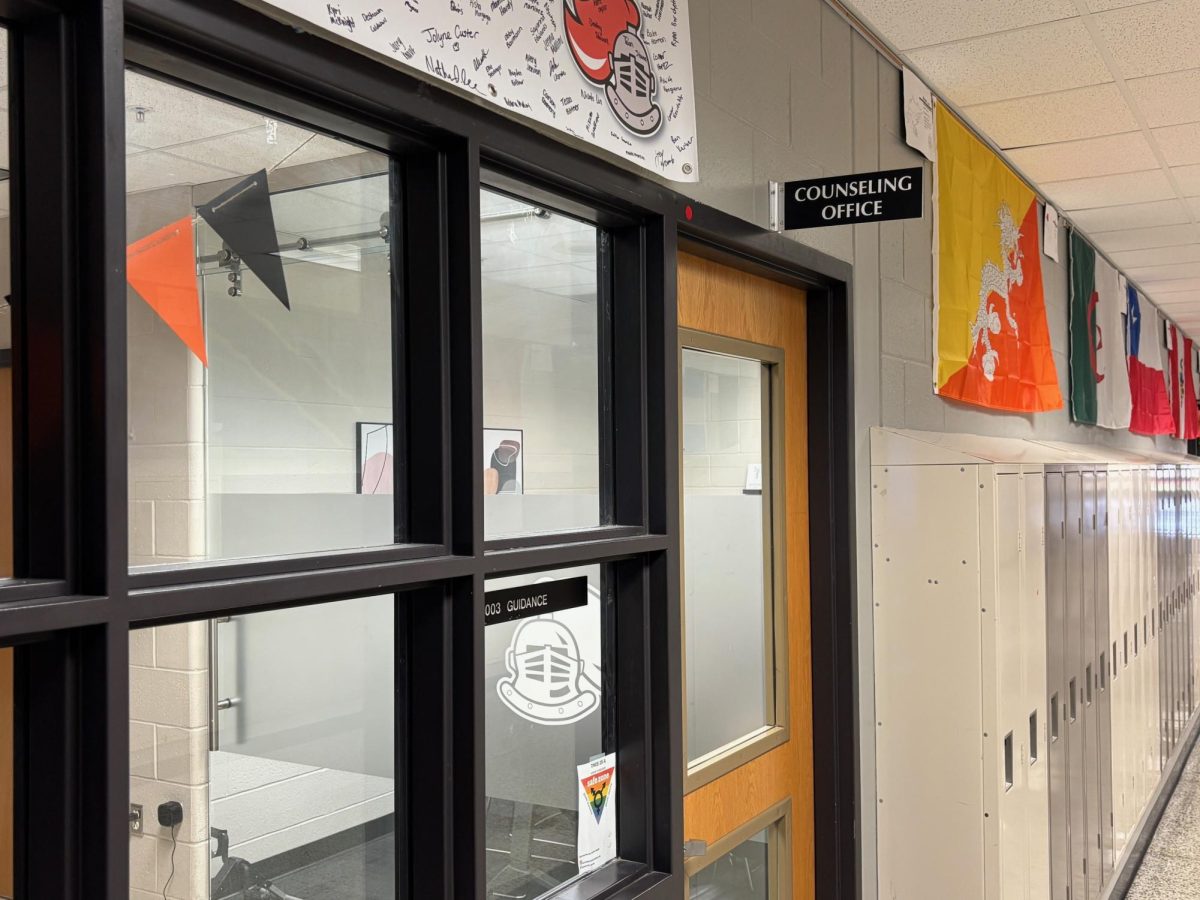
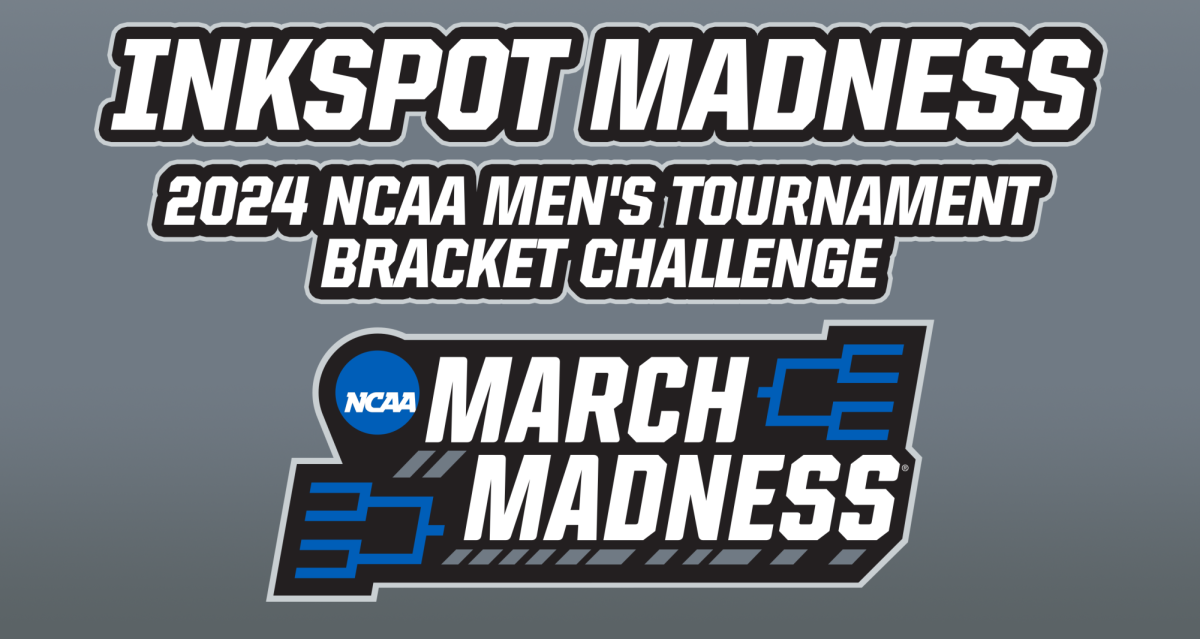
![Halloween candy cross section quiz [quiz]](https://nchsinkspot.com/wp-content/uploads/2022/10/Candy-cover-big-900x675.png)
![Average Jonah? [quiz]](https://nchsinkspot.com/wp-content/uploads/2022/05/average-jonah-900x600.png)

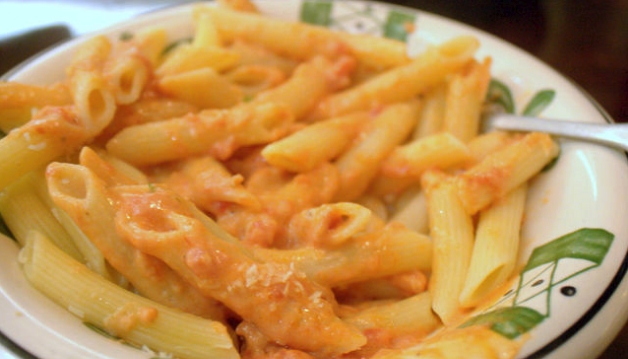
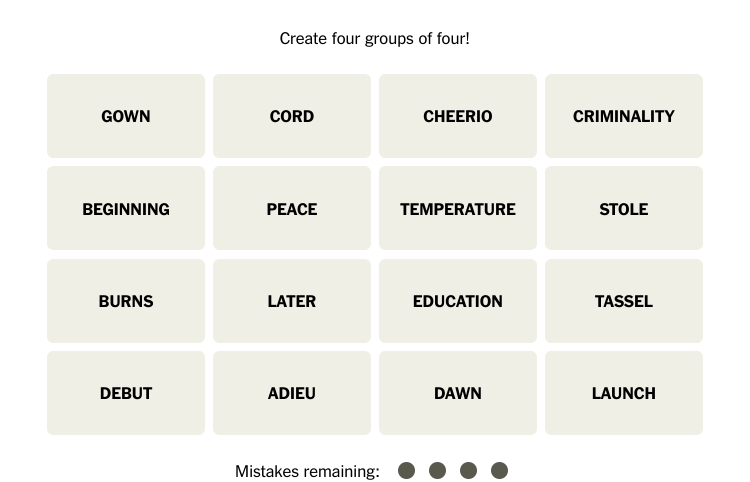
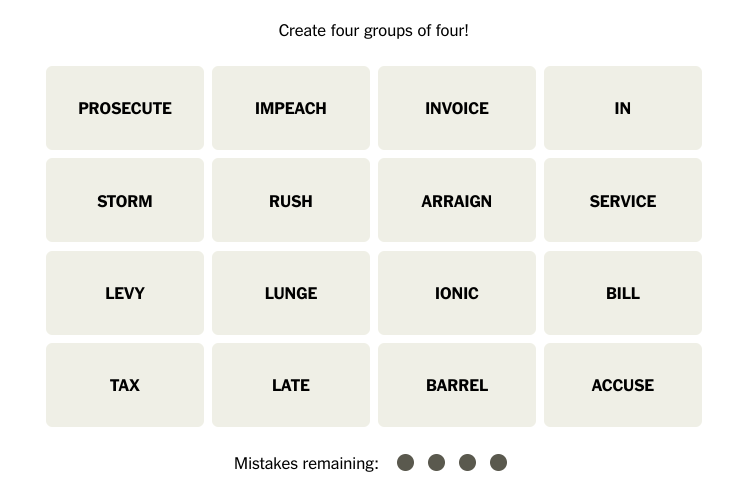
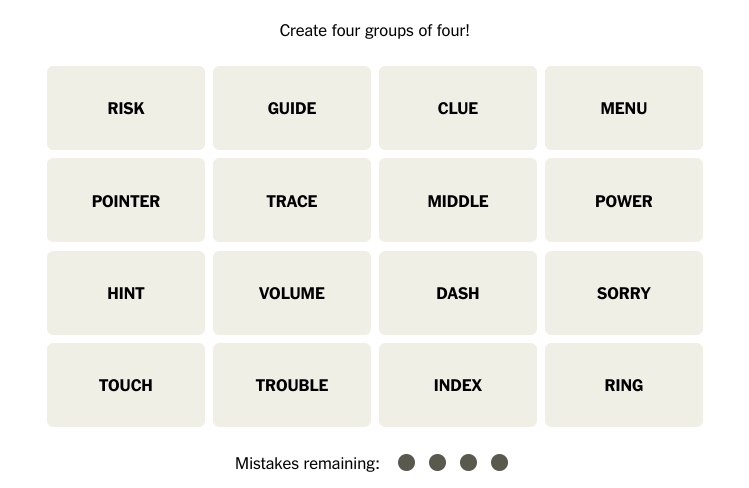
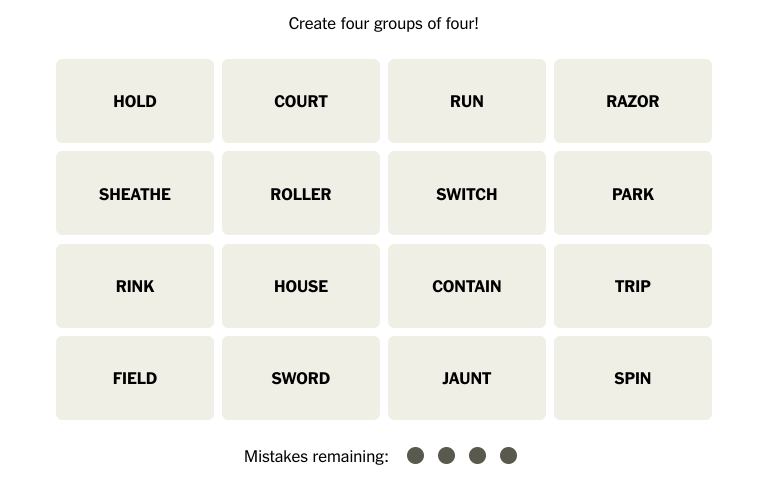

![[Photo Illustration]](https://nchsinkspot.com/wp-content/uploads/2025/09/trigger-words-1.png)










![Week 9: Coach Drengwitz on Week 8’s win, previewing Peoria High [video]](https://nchsinkspot.com/wp-content/uploads/2025/10/W9_PeoriaThumb.png)
![Postgame: Drengwitz on Community’s 56-6 win over Champaign Centennial; staying unbeaten in Big 12 [video]](https://nchsinkspot.com/wp-content/uploads/2025/10/10.17_FBwChampCent56-6_POST_thumb.png)
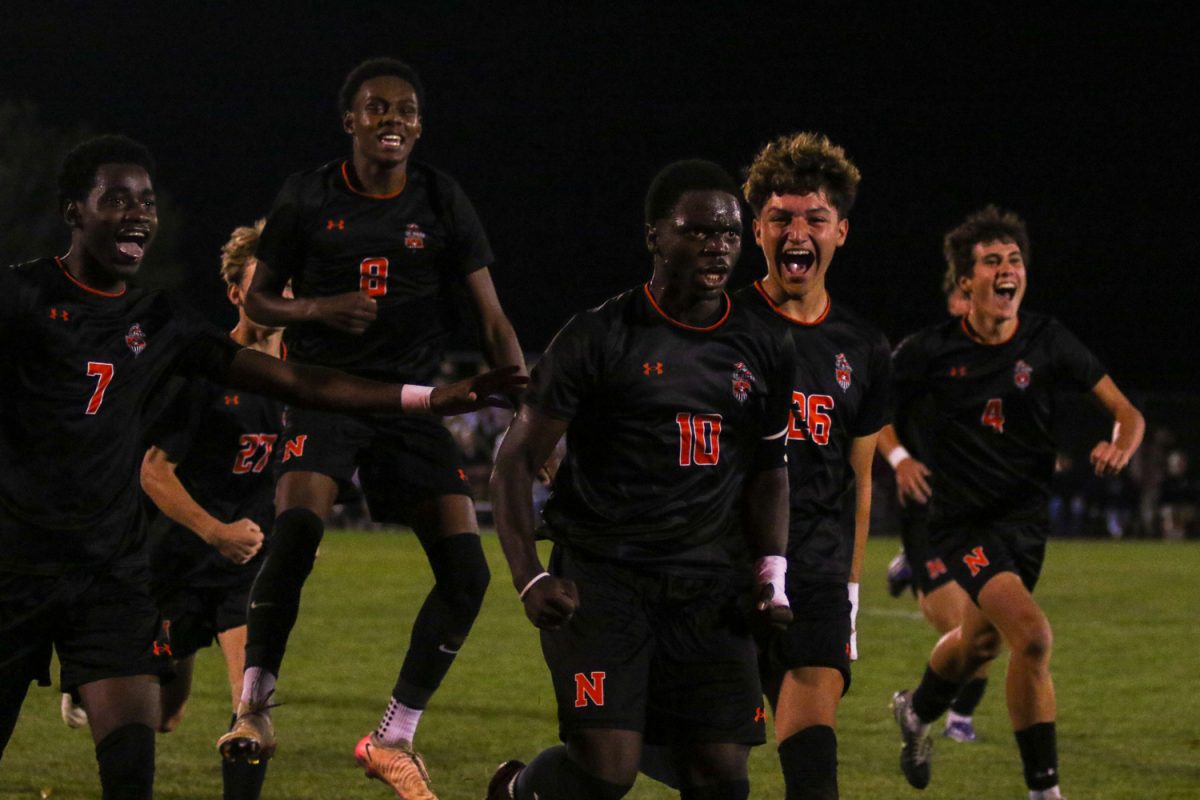

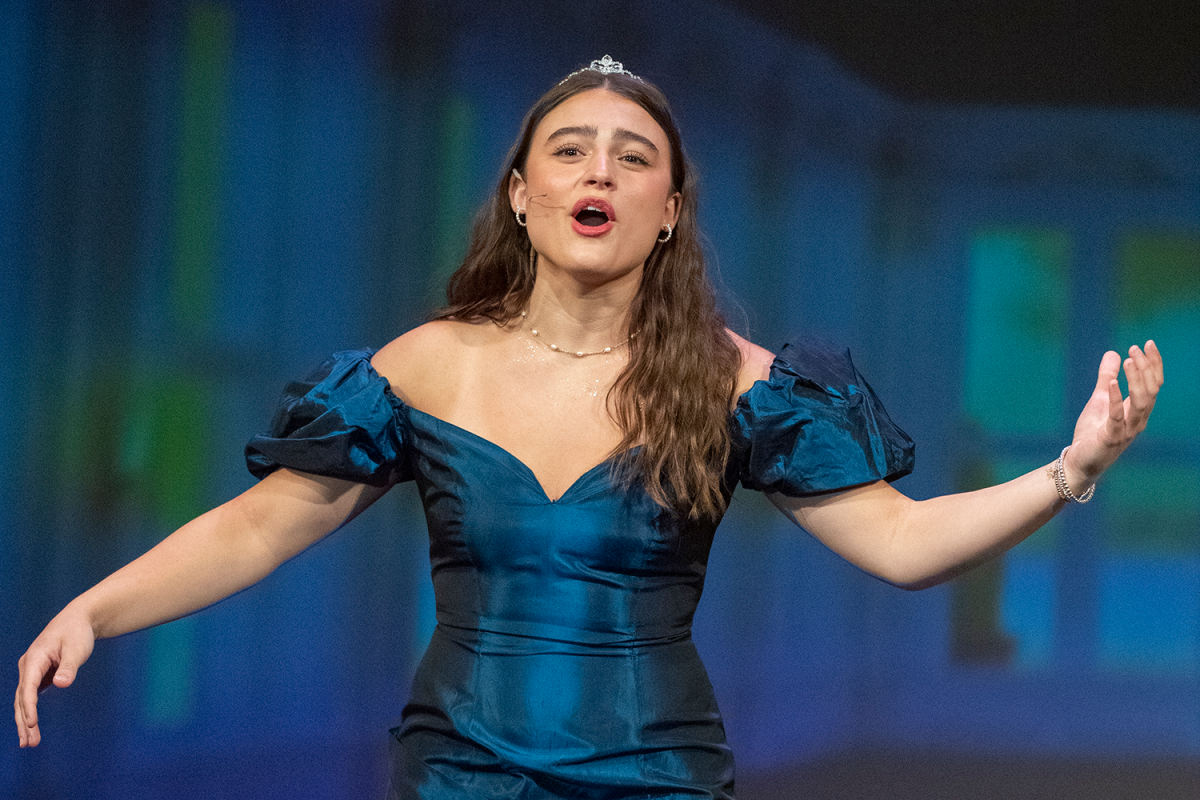


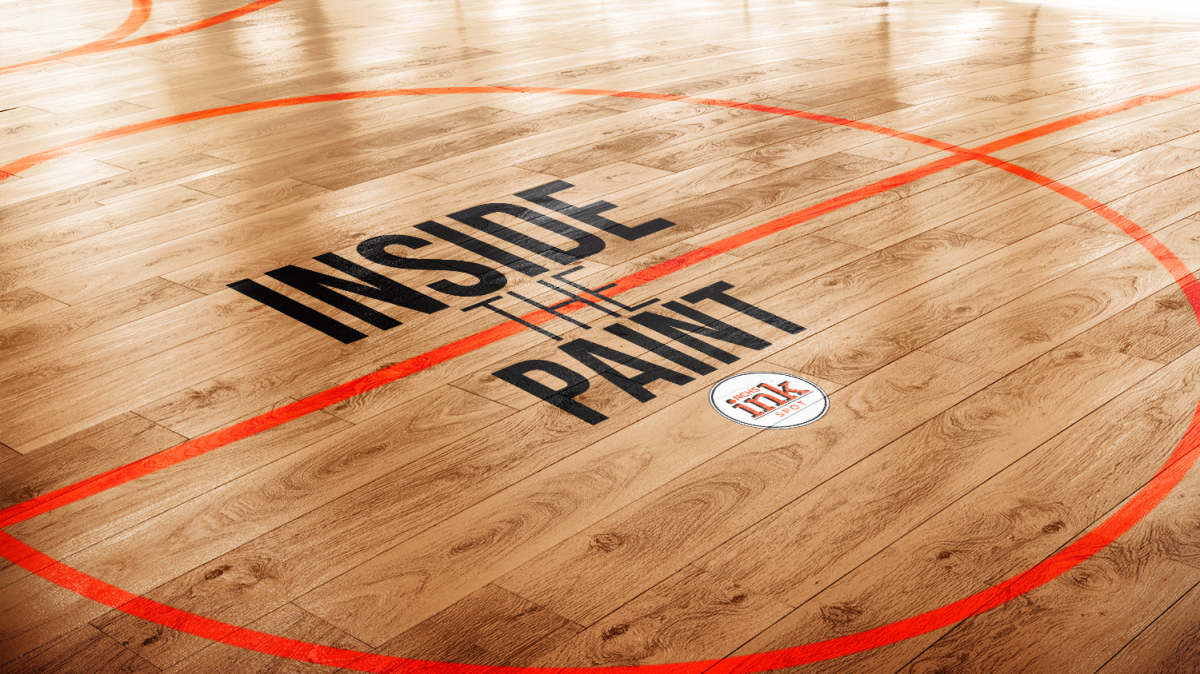
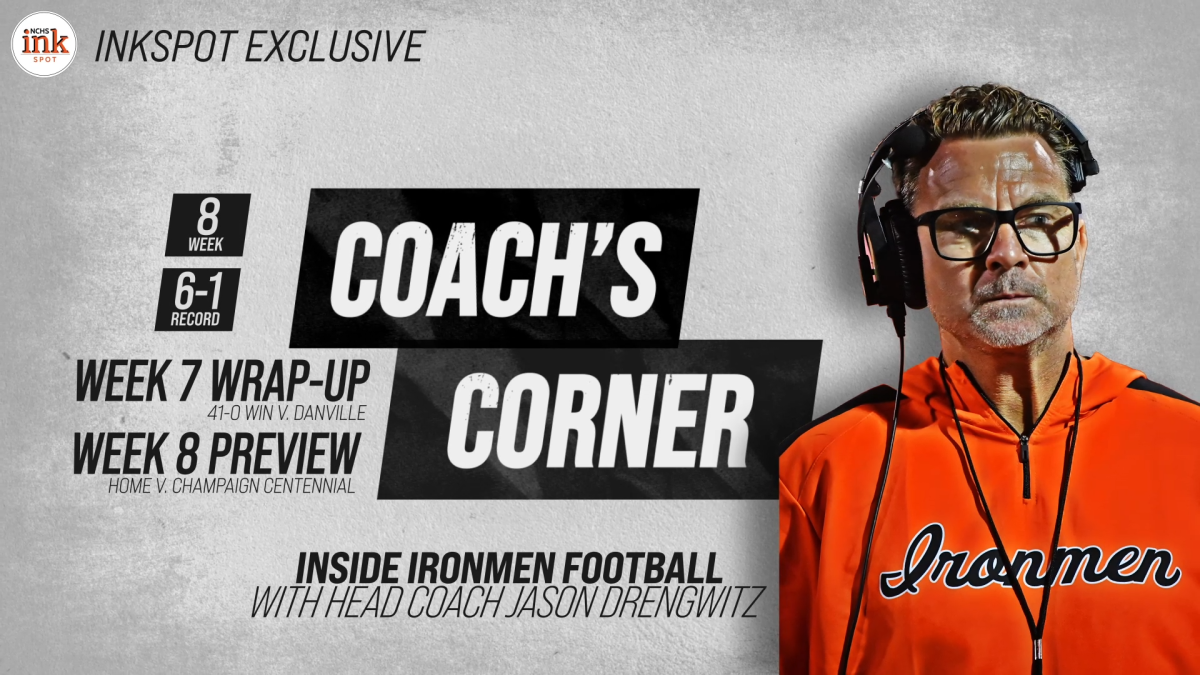
![Week 7: Coach Drengwitz recaps the Ironmen’s win over Bloomington, talks Danville [video]](https://nchsinkspot.com/wp-content/uploads/2025/10/Vikings-feature-Image-1200x675.png)
![On the Spot: This or That – Halloween [video]](https://nchsinkspot.com/wp-content/uploads/2024/10/tot-Halloween-YT-1200x675.png)
![On the Spot: This or That – Fall favorites [video]](https://nchsinkspot.com/wp-content/uploads/2024/10/ots-fall-web-1200x800.png)
![On the Spot – Teachers tested on 2023’s hottest words [video]](https://nchsinkspot.com/wp-content/uploads/2024/01/On-the-Spot-Teachers-tested-1200x675.png)








